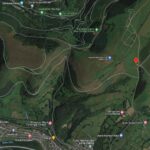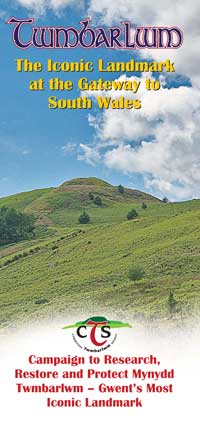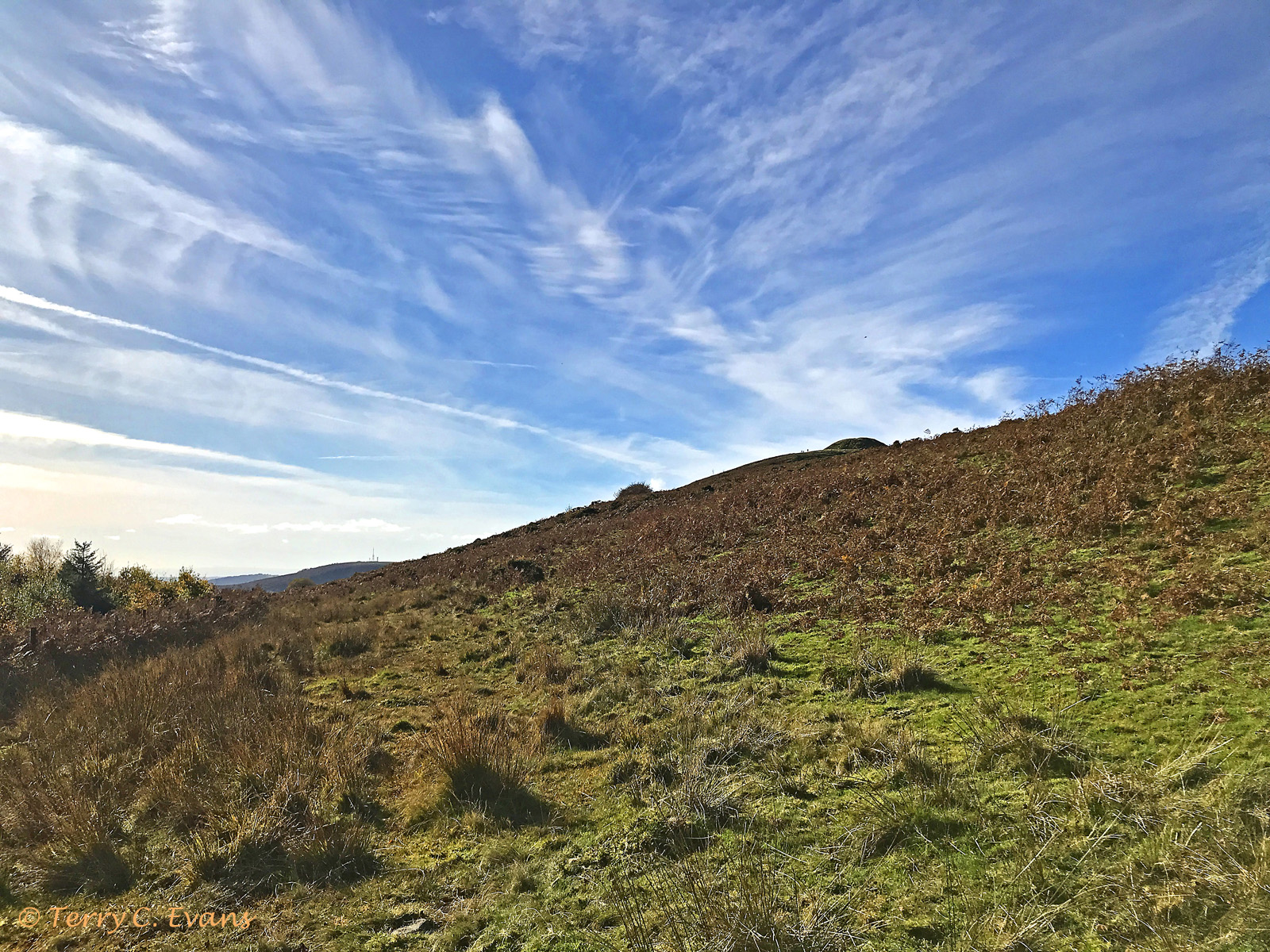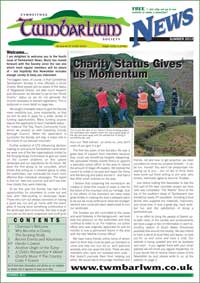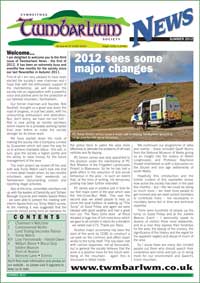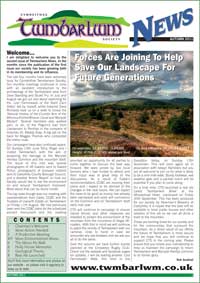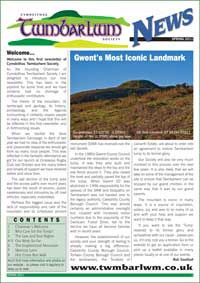The Big Dig – Core Sampling
ARCHAEOLOGY – Started but Postponed
Hopefully you read the last Blog entry telling you that the archaeological dig has been postponed until the spring – however we will still be doing more geophys work and core sampling over the winter months.
To that end the core-sampling expert, Fiona Grant, came to do her survey of the area on Monday (21st October). Two Society members met with Will from Cadw and Fiona on the first dry morning we’ve had for seemingly ages.
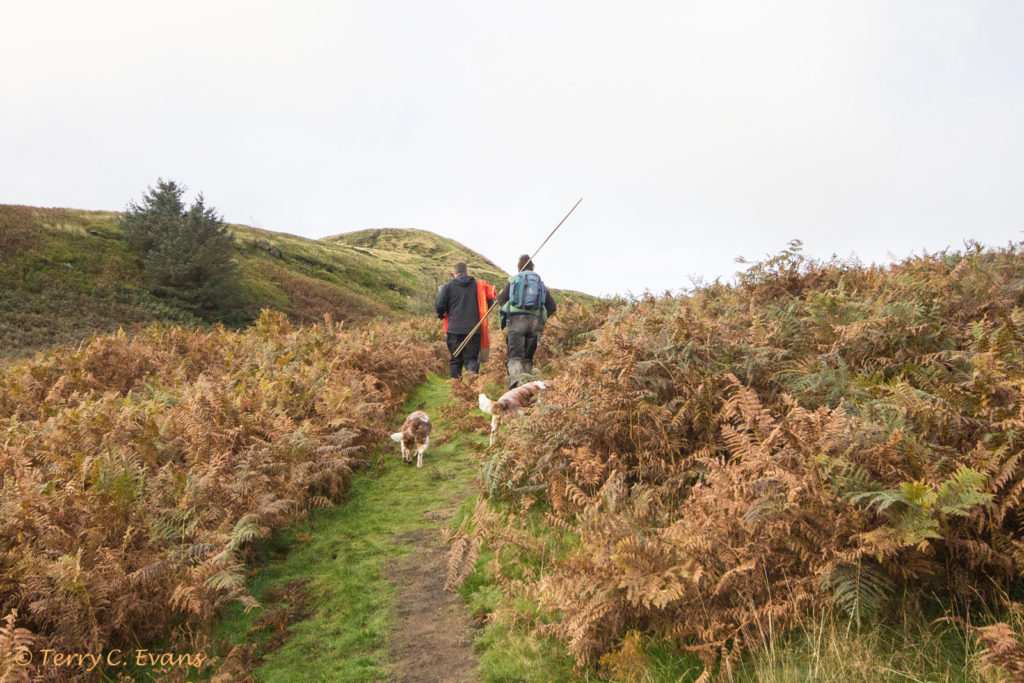 We had no 4×4 to help us this time so we split Fiona’s equipment between us and carried it to the top of the mountain.
We had no 4×4 to help us this time so we split Fiona’s equipment between us and carried it to the top of the mountain.
We gave Fiona a guided tour around the monument before she assessed the best location to start taking samples – unfortunately Fiona explained to us that it wasn’t very promising because the depth of the soil on the mountain top is not great enough to give any meaningful results. But she did take a couple of samples which were labelled and bagged for her to take back to the lab for analysis.
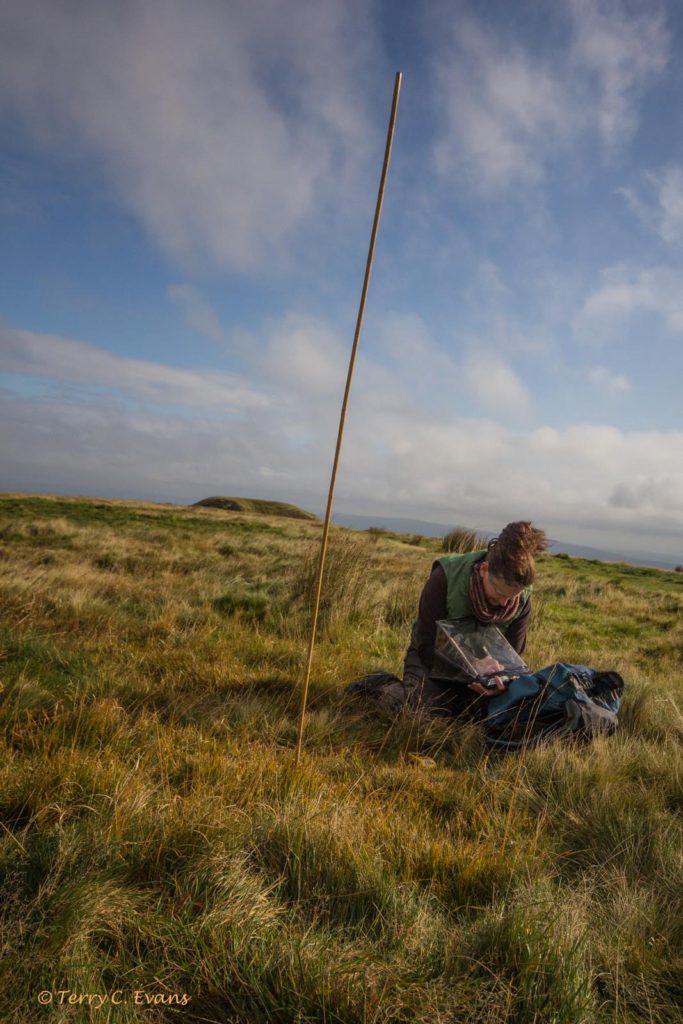 From the top of the mountain we proceeded to the lower slopes to look for other areas to take samples to give a control indicator to those found on top. We walked miles and examined many swampy areas but they all showed little promise of giving us the information we wanted.
From the top of the mountain we proceeded to the lower slopes to look for other areas to take samples to give a control indicator to those found on top. We walked miles and examined many swampy areas but they all showed little promise of giving us the information we wanted.
Fiona’s full report is now available and she was kind enough to supply the explanation below of what we were looking for …
DOWNLOAD THE CORE SAMPLING REPORT HERE
CLICK HERE to see the complete gallery of photographs of our day Core Sampling on Twmbarlwm (it will open in a new window)
Twmbarlwm – Palaeoenvironmental Sampling & Analysis
Palaeoenvironmental analysis refers to the investigation and study of past environments. I was asked by The Twmbarlwm Society to carry out an assessment of the palaeoenvironmental potential of the deposits (soils and peats) on and around the monument, primarily using the technique of pollen analysis. Pollen analysis is a standard technique for reconstructing vegetation change over time, and identifying past land-uses and human activity, by using microfossils of pollen (from flowering plants) and spores (from ferns and mosses) that have been preserved in sediments such as peat.
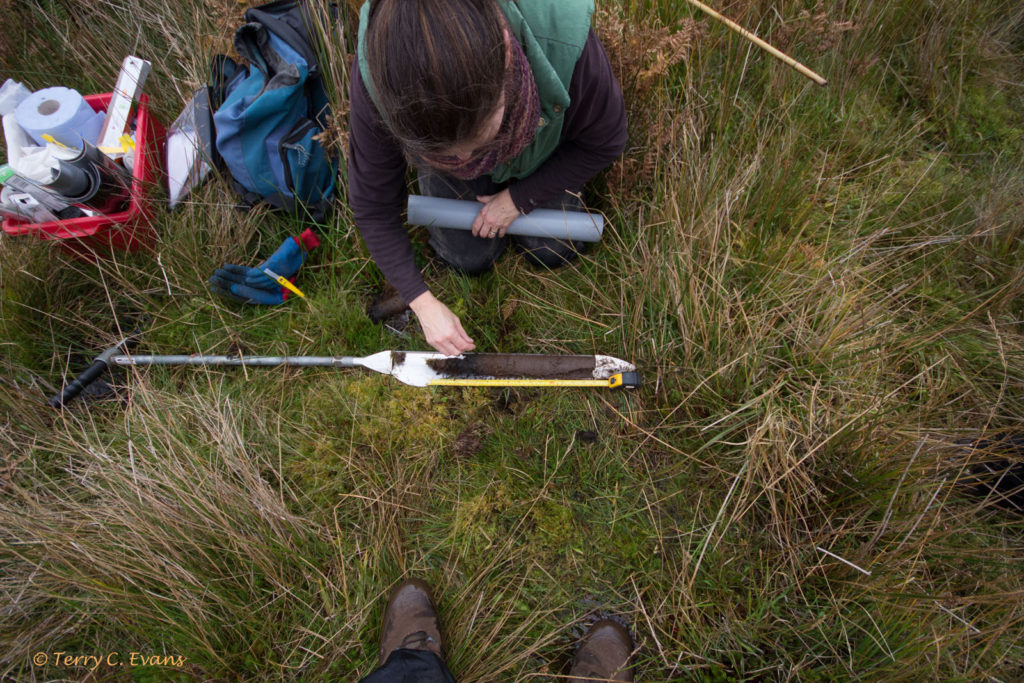 In addition microscopic particles of charcoal and other materials indicative of burning are usually encountered when analysing the pollen, and these can give information relating to burning activity (such as forest fires, land clearance fires, domestic burning, or the burning of fossil fuels), and add further to the story provided by the pollen.
In addition microscopic particles of charcoal and other materials indicative of burning are usually encountered when analysing the pollen, and these can give information relating to burning activity (such as forest fires, land clearance fires, domestic burning, or the burning of fossil fuels), and add further to the story provided by the pollen.
In general terms pollen is produced, then dispersed, and some of it falls to the ground. It may then be preserved under certain conditions, and, if undisturbed, form layers of information relating to the plants growing in the area at different points in time. The best conditions for preservation occur in waterlogged mires such as raised bogs or blanket peat, where the only inputs are from the air, and wet conditions and lack of oxygen limit decay. Unfortunately at and around Twmbarlwm there are no such deep mires. However, we did locate a small area of shallow blanket peat, and explored two areas of spring-fed mire, which may, with provisos, prove useful.
Initially when taking samples I note the vegetation and topography of the mire, as this gives me clues as to the type of mire, possible depth of peat or waterlogged soil. Probing the area with a technical tool (garden cane!) gives a rough idea of the depth of material. In layman’s terms, the deeper it is the better. Some raised bogs have several metres of peat lying beneath them. Extracting an 8m core is certainly good exercise!
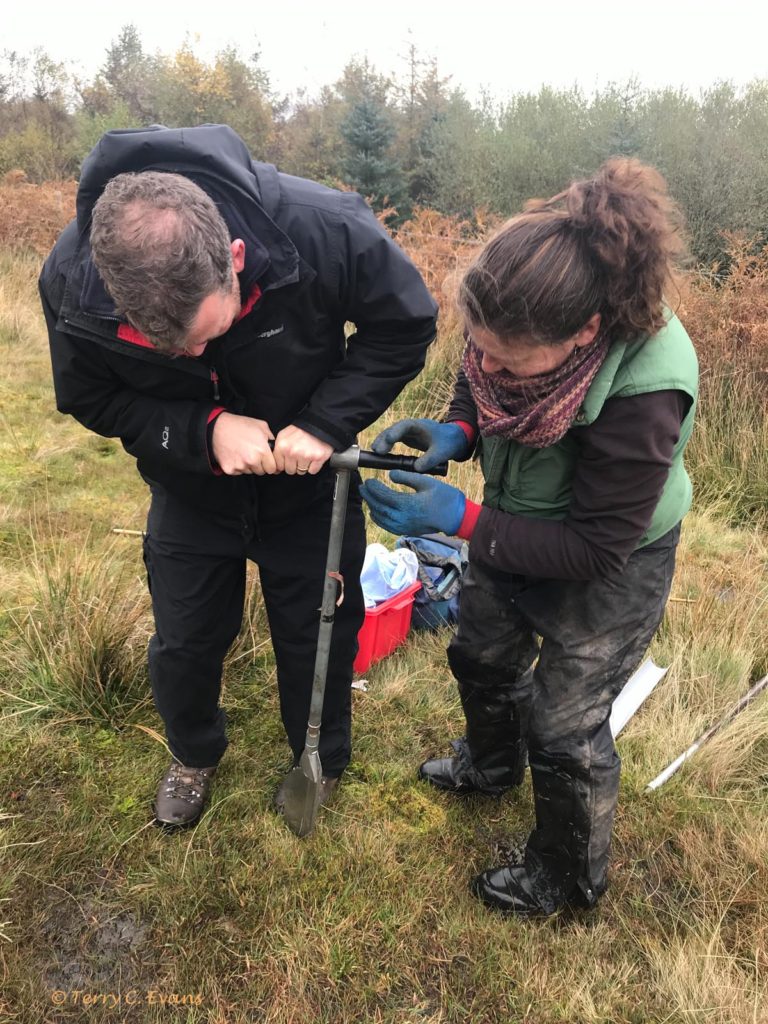 After identifying the deepest peat I then take a core sample using an auger or a corer. When the sample is extracted I photograph it, take some notes to record the colour (which can relate to the type of material making up the peat and how much it has decayed), composition, texture and any inclusions such as twigs, leaves, charcoal layers or stone. It is important to do this straight away as the peat changes colour when exposed to oxygen. I then wrap it in clingfilm to exclude oxygen and keep it damp, label it with the site name and sample point (and most importantly which part of the core is the top!), and wrap again in a black plastic bag in order to exclude light. The core is then kept in a cool store ready for analysis.
After identifying the deepest peat I then take a core sample using an auger or a corer. When the sample is extracted I photograph it, take some notes to record the colour (which can relate to the type of material making up the peat and how much it has decayed), composition, texture and any inclusions such as twigs, leaves, charcoal layers or stone. It is important to do this straight away as the peat changes colour when exposed to oxygen. I then wrap it in clingfilm to exclude oxygen and keep it damp, label it with the site name and sample point (and most importantly which part of the core is the top!), and wrap again in a black plastic bag in order to exclude light. The core is then kept in a cool store ready for analysis.
The next part of the process is to extract smaller sub-samples from the cores and prepare them for analysis in the lab. Chemical processing removes the unwanted organic material from the peat, leaving the more resistant pollen, spores, charcoal, and any mineral components, ready for counting and identifying under the microscope. These results will then be analysed in order to assess the quality and quantity of the pollen, and whether or not further analysis would provide any useful information to aid our understanding of the monument at Twmbarlwm.
FIONA GRANT
I went on to ask Fiona “…what sort of age would you expect to find, using your methods, in a typical peat heathland with more favourable underlying geology than we have on Twmbarlwm”.
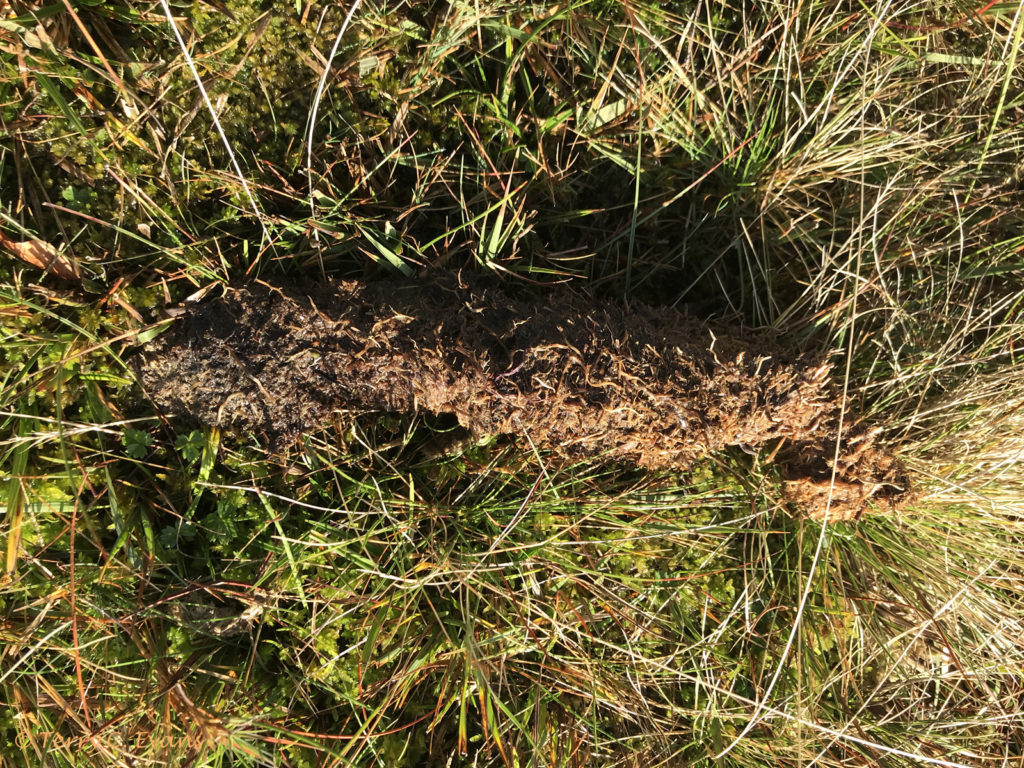 She replied … “When looking at the pollen results, there are certain general trends which can give a clue to the age of the peat. I mentioned the particles that result from fossil fuel burning. These only occur after the start of the Industrial Revolution. Similarly an increase in coniferous trees may relate to 19th century and later plantings. Looking earlier, an increase in heather moorland often occurs from the Bronze Age onwards, although there is some variability. There are elm declines, increases in alder, and so on which may be indicative of general trends relating to specific periods of time.
She replied … “When looking at the pollen results, there are certain general trends which can give a clue to the age of the peat. I mentioned the particles that result from fossil fuel burning. These only occur after the start of the Industrial Revolution. Similarly an increase in coniferous trees may relate to 19th century and later plantings. Looking earlier, an increase in heather moorland often occurs from the Bronze Age onwards, although there is some variability. There are elm declines, increases in alder, and so on which may be indicative of general trends relating to specific periods of time.
As I mentioned there is variability in peat accumulation rates. I have before analysed a 1m core which gave info from the last 10,000 years, and a 3m core which only covered the period since the Middle Ages.
I would have been more confident of results spanning later prehistory to present day if we’d found about a metre of undisturbed blanket peat, but let’s wait and see. We may be surprised. Fingers crossed!
This archaeological investigation is funded by:
Ariennir yr ymchwiliad archeolegol hwn gan:


